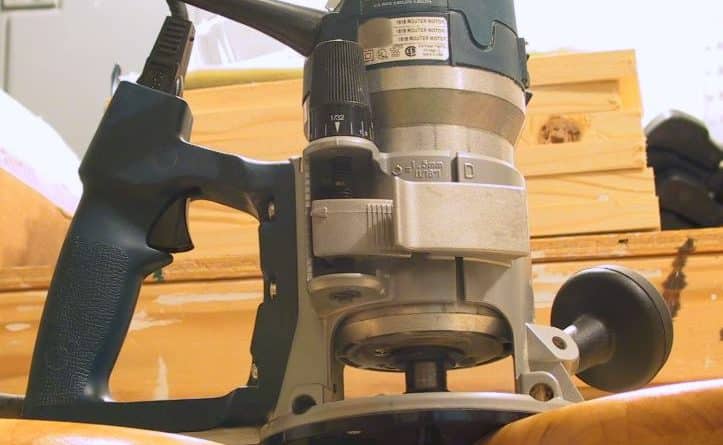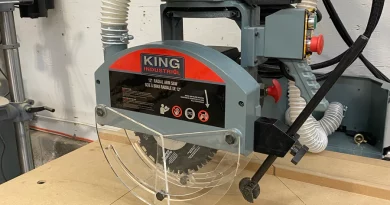Woodworking With the Router – One of Your Most Versatile Tools
One of the most versatile tools you will find in any woodworking shop is the router. It is used to trim, edge, detail, drill, and hollow out areas of wood. The uses of a router are only limited by the type of router bit you are using, and by your innovative thinking! Depending on the router bit you select, you can change the abilities of this versatile tool. Woodworking with the router is an important skill to learn.
There are two categories of routers, each with its benefits. Fixed-base routers are superior edgers, and because of their more accurate depth adjustments, they are much better when the depth of a cut must be accurate.
Plunge routers can start their cuts in the middle of the wood, as the router bit ‘plunges’ into the surface of the wood. This is a great option if you would prefer to not have the plunge go right to the edge of the wood.
Some routers give you the option of switching the bases, from a plunge base to a fixed base. This gives you even more options for ways to use your router.
Router bits come in all shapes and sizes. Bits can be used to shape an edge or add a decorative profile. They can also be used to create grooves, and with the help of a jig, they can even create dovetail and finger joints and more! Router bits also come in two options: High-Speed Steel or Carbide-tipped.
Although carbide-tipped bits last much longer, they are also much more expensive. If there is a particular router bit that you will be using often, carbide-tipped is probably the better option. But if you need a bit for just a limited use, a high-speed steel bit will be just fine.
If you want to make your router tabletop adaptable, you must use a fixed-base router. Many routers come equipped with a safety feature that shuts off the power as soon as the operator releases the handle. If you’re converting your router for tabletop use, you’ll want to make sure that you can override this option.
After you use your router a few times, you may quickly find that it’s one of your favorite tools in the workshop. There are a few simple tips to help get the most out of your router. First, remember to cut little by little. Usually, ¼” at a time is a good amount. If you try to cut too much away at once, you may damage your router bit or cause your router to get jammed.
When you begin cutting into your wood be sure to feed the material into the router blade against the rotation of the bit. This rule is the same whether you’re using a handheld router, or if you’re using a tabletop router.
Once you begin using your router, you’ll begin to see all of the different things that you’ll be able to do with it. It’s such a versatile tool, and for many woodworkers, it’s their favorite tool in the workshop. Choose a router that’s best for you, and you’ll quickly discover that it’s one of your favorite tools too!




